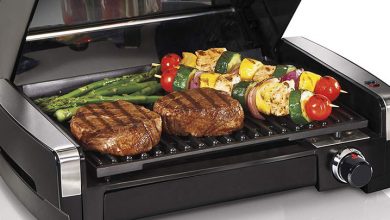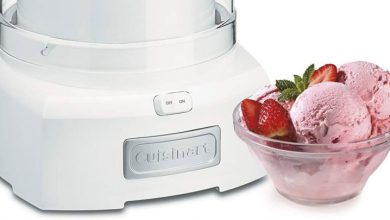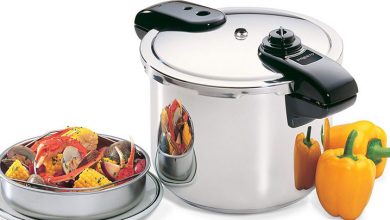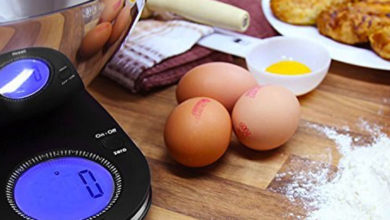
Nestlé is one of the largest companies in the world, operating in confectionery and bakery products, beverages, baby food, and chocolates. In its extensive range of products, there are two lines of capsule coffee machines: one is the advertised Nespresso, a system primarily designed for preparing high-quality coffee with a wide range of blends, and the other is Nescafé Dolce Gusto, a system more oriented towards a variety of beverages, mostly soluble. Today, we discuss the latter machine.
Nescafe Dolce Gusto: The drinks available
Meanwhile, a brief introduction. The capsule coffee machine is becoming an increasingly popular solution for enjoying one of the most popular and beloved drinks. This is because in many places, such as offices, there is no possibility of having the legendary Moka and a stove on which to prepare coffee classically, nor is there the possibility of using a machine bar type that not everyone knows how to use, and also dirty and requires frequent maintenance. This has led many companies to design a more practical solution, allowing everyone, even those who are not at home and cannot go to a bar, to enjoy a good cup of coffee.
It is not only the practicality that determines the success of the capsule machines, but also the certainty of constant product quality (how often is the coffee not good using classic machines with coffee powder?) And, Dulcis in fundo, the possibility of having multiple types of coffee and drinks on the go. Precisely this last feature is at the center of the Dolce Gusto machine, which is proposed as one of the most polyvalent on the market.
Let’s see what you can prepare with Dolce Gusto:
- Espresso coffee: 11 varieties available right now, including 2 decaffeinated
- Long coffee (American): 6 varieties, including one decaffeinated
- Cappuccino and other drinks with milk
- Chocolate and other ” greedy ” drinks, including milk + Nesquik
- Tea: 5 types, including 2 with milk
- Cold drinks: Nestea and iced cappuccino
Currently, there are no capsules available for herbal teas, barley, or ginseng. We chose to focus on milk drinks, especially cappuccino in its various forms (latte macchiato, caffelatte, etc.), which is an exciting feature that emerges in just a few seconds from a single capsule, accompanied by abundant and rich foam.
Is coffee good?
The taste test: in reality, as you can easily imagine, a cappuccino that comes from a lyophilized capsule cannot be certainly comparable to one made with real milk steamed and an espresso: let’s say that this is more similar to the one that the Nescafe Cappuccino sachets are obtained with the typical preparations. Not bad, but certainly not like in the bar.
The taste test of the coffee is outdated, even if only the capsules with the most intense blends can rival those of Nespresso (staying within the Nestlé house). Chocolates and various Nesquik products are good, but not significantly different from those that can be prepared with classic preparations at much lower costs.
The “Nescafe Dolce Gusto” machines
Among the common characteristics of all Dolce Gusto capsule coffee machines are the extreme simplicity: a control lever for preparing drinks, a removable capsule holder, self-extinguishing features, the absence of steam releases, and a 24-month warranty for conformity defects.
Capsules and Convenience
Now we come to one of the key aspects of any system of this type: the cost of the capsules! It should be noted that some drinks, such as cappuccino, require two capsules, which doubles the price.
Nescafe Dolce Gusto: Conclusions
Our final judgment: the machines are beautiful, simple, and cheap. The capsules have a medium to high cost and offer a very focused range of coffee and coffee drinks with milk. We recommend this system for those who do not use it intensively and want extreme convenience in preparing coffee, as well as greener drinks.
We do not recommend it to those seeking a machine that produces excellent coffee (for that, there is the Nespresso machine), nor to those who make intensive use (in this case, it is better to focus on other types of machines that produce a cappuccino with fresh milk).
What convinces us less about this system is that, in proposing itself not only as a “coffee machine” but also as a “machine for hot drinks” with a wider breadth, the range of capsules available is not well centered on tastes. In particular, some capsules, such as those with milk, flavored cappuccinos, and cold drinks, hardly meet our tastes; conversely, there are no capsules, such as those with barley, ginseng, or herbal teas like chamomile, which would be very welcome.



